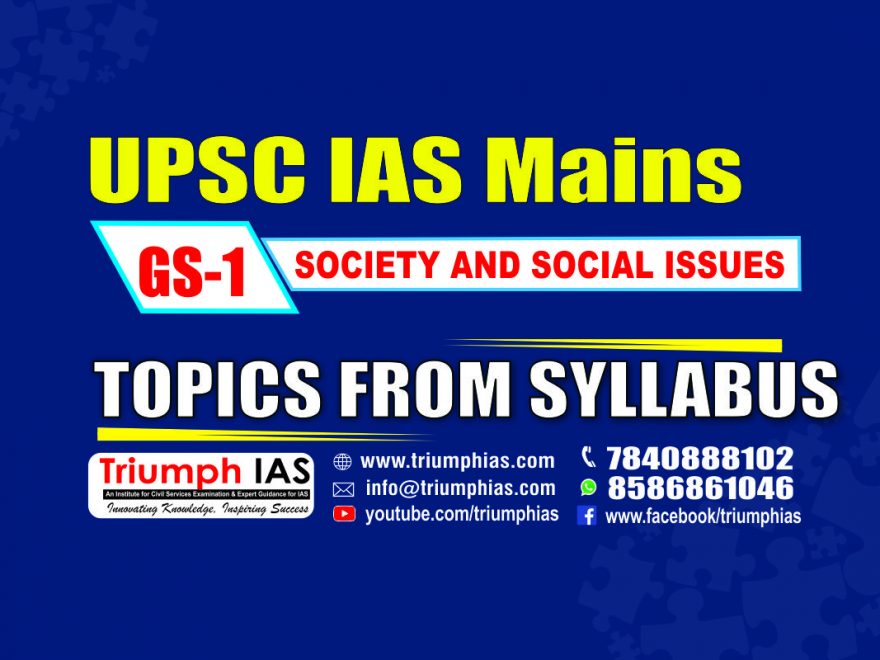Relevance: mains: G.S paper I: Diversity in India & G.S paper II: Welfare schemes for vulnerable sections of the population
Oscillating between Isolation and Doles
What is the issue?
- Oscillating between isolation and doles, the tribals of Andaman and Nicobar Islands face an imperious policy vacuum in the face of an onslaught from a gratuitous development paradigm, the aspirations of the settler population and the demands of the escalating tourism industry.
What are the various issues of the islanders?
- Dwindling population: In 1911, the Great Andamanese tribe had dwindled to 209, owing to syphilis introduced by the British and the penal settlers, and the birth rate had become excessively low.
- Epidemics: The opening up of the forest camps at Stewart Sound Islands certainly hastened the extinction of the Andamanese by introducing contagious diseases, especially influenza.
- Substance abuse: Post-independence, with no palpable change in the approach of the government, the remainder of the tribe, which had been almost decimated, was stricken with substance abuse.
- Culture of Dependency: As the government’s policy was to assimilate the community and provide assistance, they were recipients of various altruistic measures that they welcomed, but ultimately became dependent upon.
- The chance of their survival in the absence of these doles is now questionable.
- Deforestation & competition: After the Little Andaman island was settled with refugees during the 1960s, the tropical forest, the primary resource base of the Onges, saw a large-scale clearing, pushing them to a corner and forcing them to lead a sedentary lifestyle with welfare measures doled out to them.
- Today, they face intense competition from the settlers in their hunt for pigs. · Schooling for the Onge children has also been initiated, but what is taught lacks any understanding of their time and space.
- Expolitation: There were many cases of exploitation of the Jarawas through friendly contact expeditions as well as by poachers.
- And, there are also stories that settlers used to boast of about killing and wounding the Jarawas, and damaging their huts, and plundering exploits.
- The Great Andaman Trunk Road, which cuts across the Jarawa Tribal Reserve has seen conflicts of a different nature.
- On the west coast, interactions with fisherfolk and poachers increased.
- And on the fringes of villages, illegal barter of contraband continues between the poachers and the Jarawas, which is nearly impossible to check with the present mechanism.
- Lack of proper implementation: Had the policy of “eyes on, hands off” implemented in its true spirit, the incident where an American National was allegedly killed by Sentinelese tribes could have been averted.
- Habitat loss : Besides, the presence of defence forces and construction of a road crossing through the habitat of the Shompen tribes are other issues of contention.
- Top- Down approach: One clear challenge before the tribes of the Andamans is the island development plans, over which the indigenous tribes have no control, but are caught up within this conflict of power with the non-indigenes. · Tourism: Another major issue is the flourishing tourism without a proper plan or place for the tribes in the whole scheme of things.
What should be done?
- Sensitisation of both the tribes and outsiders: A comprehensive policy for the tribes with sufficient attention to its implementation, and wide sensitisation about their history, culture and lifestyle among the settlers has been due for a long time.
- The settlers as well as the tourists, need to be sensitised about the vulnerability they face, and the resource depletion needs to be addressed through proper researchbased interventions.
- Establishing museums: The proposal to set up a museum by of Andaman Nicobar Tribal Research Institute (ANTRI) could help in checking the human safari to a large extent by providing sufficient knowledge-based exposure on the culture, nature, and history of the tribes to the visiting tourists as well as the settlers, who remain totally ignorant about the tribes that live around them.
- From dying cultures to continuing cultures : From the concept of ―dying cultures,” it is imperative to not just preserve but also manifest the tribal culture of the islands as “continuing cultures” through such a museum as proposed by ANTRI.
- Empowerment: Whereas the protection of the tribes from external dangers is important, the larger issue is that of their empowerment through research-based interventions.
- The ill-informed decisions taken at higher levels do more harm than good.
- There is a need to build bridges of understanding and mutual respect among the tribal and non-tribal communities of the islands, which would be of great importance for the younger generation of the islands in the long run.

